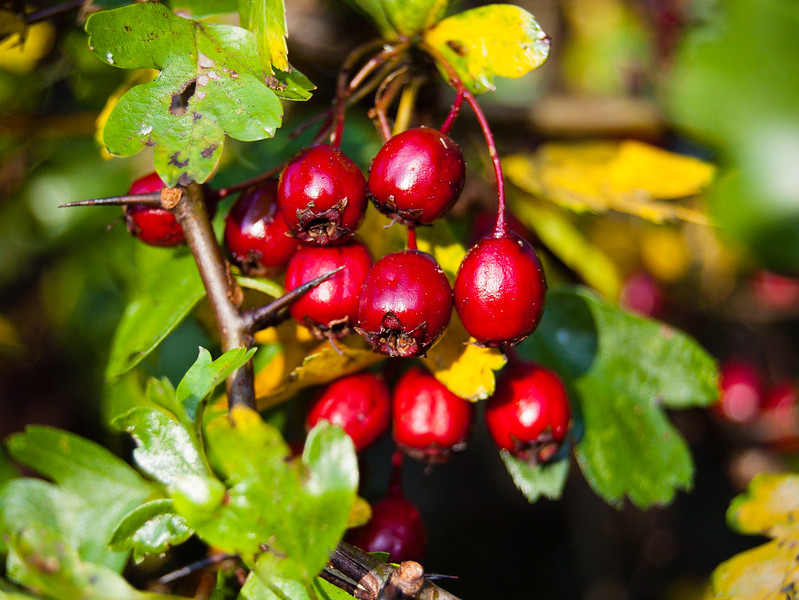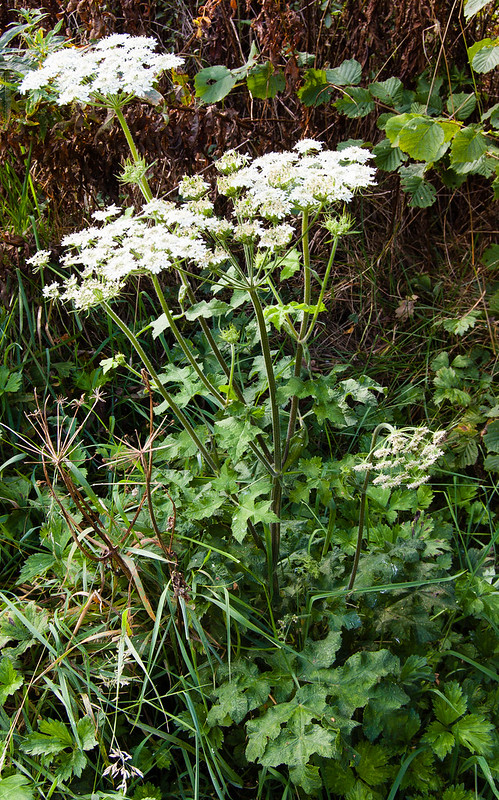This ladybird was resting on a leaf way back on September 10th.
David
Inkcap again
A closer view of inkcaps already posted here. The picture above is of the newest mushroom, which has a surface still covered in fine white hair-like structures.
The other picture shows the second-newest, with the rim of the cap already marked by the ongoing deliquescence.
These are probably coprinus lagopides, a reasonably common inkcap, though one without a vernacular name. Alternatively, it may be the less frequently encountered coprinus lagopus.
Razor strop fungus
This is a common fungus which grows directly from the trunks of birch trees.
The specimen here was one of many fruiting bodies growing from a fallen rotten birch in a former railway cutting in Valley Park. Possibly the rot was caused by this fungus, which is responsible for the loss of many birch trees.
This fungus is also known as the birch polypore. It was pure white when it first appeared a couple of days ago. The visible parts can survive for up to a year, gradually getting more darkly brown.
Piptoporus betulinus was used to sharpen old-fashioned cut-throat razors. Hence the name.












